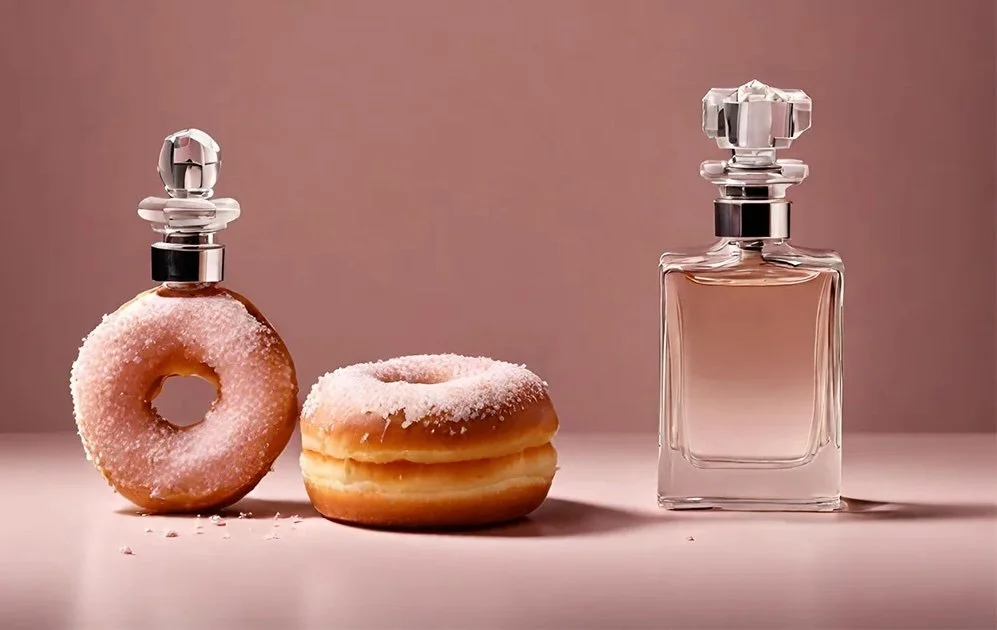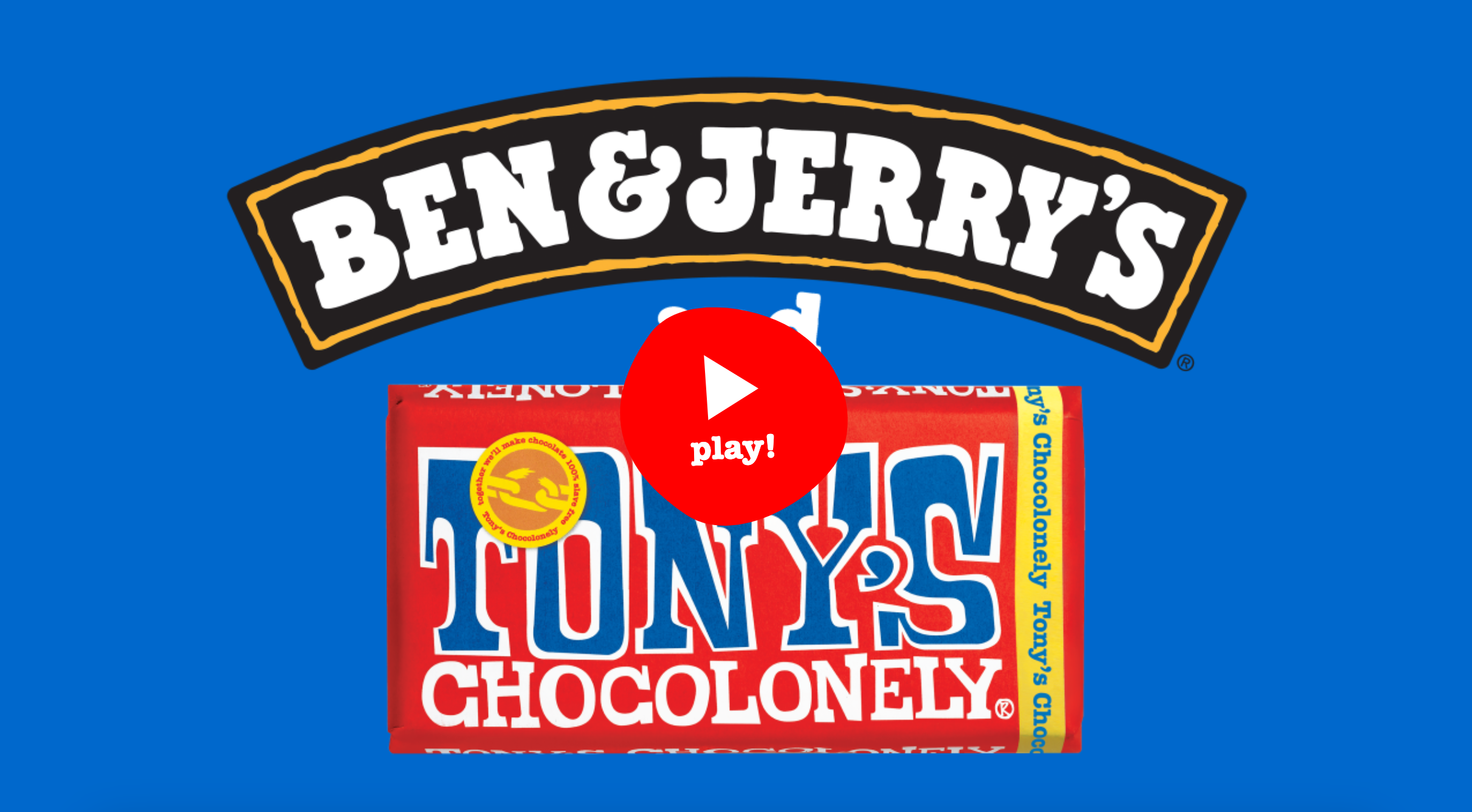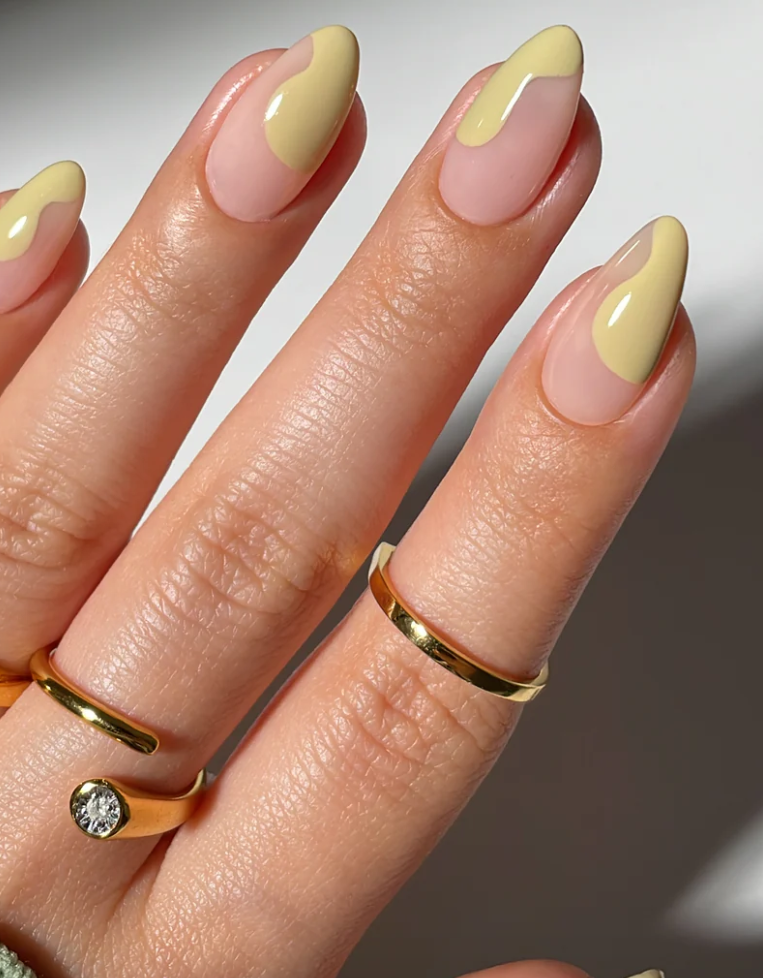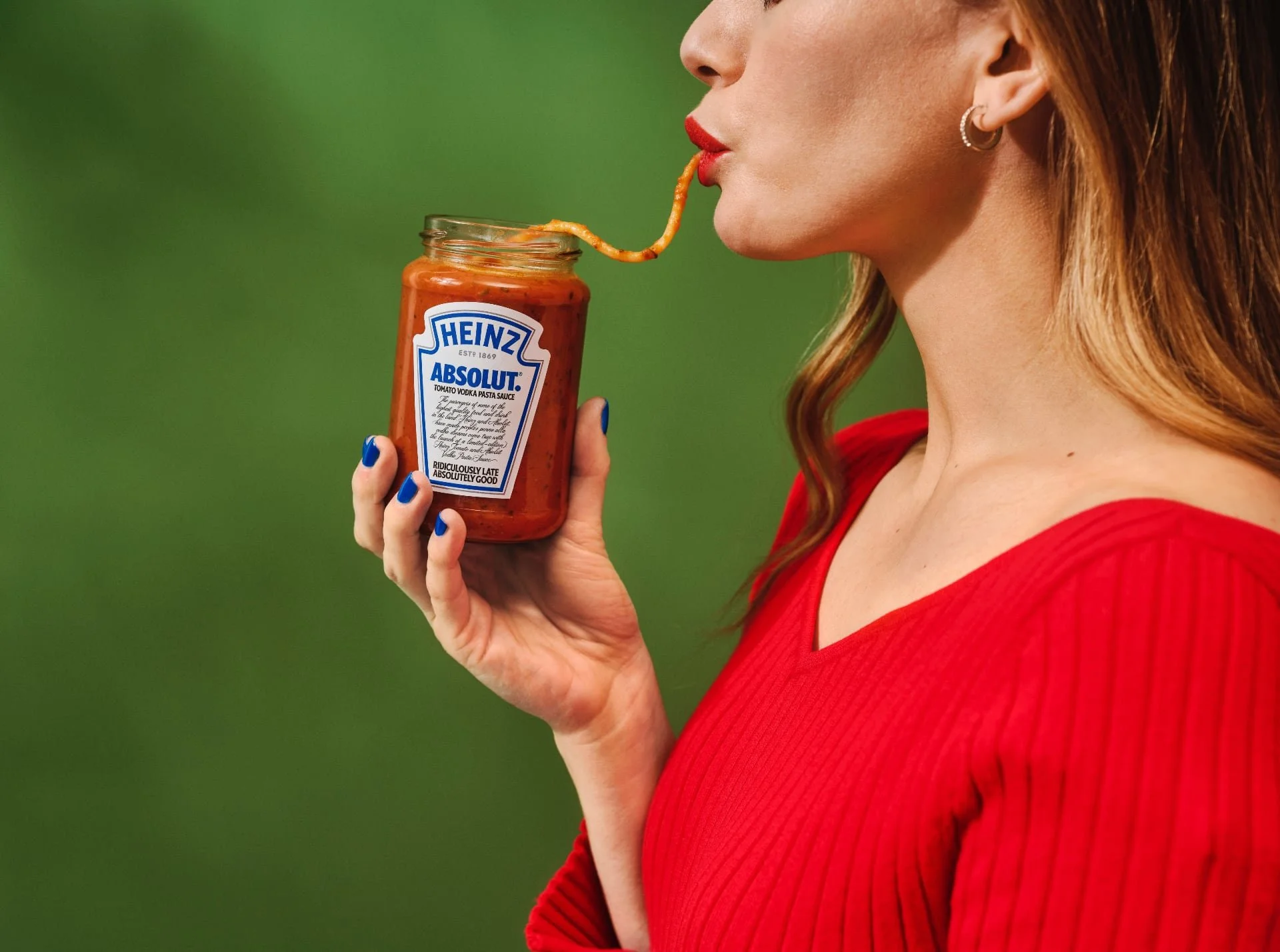3 steps to a successful Brand x Brand Collaboration
Brand collaborations are a strategic way to grow. But their success relies on thoughtful planning, alignment, and execution.
Amber Marchant, co-founder of PartnerUp,—a platform that connects brands for creative collaborations—knows this better than most. The platform, described as the ‘matchmaker for brands,’ was built to help partnerships thrive, like a dating app but for the eCommerce industry.
In this blog post, Amber shares her insights on how to make sure your brand partnership not only clicks but reaches its full potential.
Credit: PartnerUp
Step 1. Align collaborations with your business goals
Your marketing collaborations should feed into your overall business goals and ideally be planned at the start of the year.
Before you start reaching out to brands for collaboration, decide which of your business goals could benefit from this type of marketing. For example:
Business goal: Growing social following and increasing engagement
Marketing collaboration:
Giveaways
Instagram Lives
Co-funding influencers
Business goal: Increasing brand awareness and getting product into hands
Marketing collaboration:
Event goodie bag sampling
Order sampling
Social media mentions
Business goal: Driving revenue or bridging a revenue gap
Marketing collaboration:
Discount swap
Gift bundle
Co-branded product
A collaboration should integrate into your broader strategy. Once you decide which marketing collaboration you want to do, you can begin the exciting process of finding a fitting brand.
Step 2. Choosing the right brand partner
Brand x Brand collaborations present a great opportunity to get creative and have some fun, but the last thing you want to do is confuse your audience. The aim is to find a brand that shares your values, resonates with your audience, and complements your offering.
Credit: Tony's Chocolonely
Research and identify a list of brands you feel are a perfect match. It’s tricky knowing where to start when there are so many different brands out there. You could scroll social media for inspiration, ask people for recommendations or try PartnerUp.
Now it’s time to start reaching out. This should be actioned thoughtfully, ideally via the brand’s direct email. Because you can’t always reach the relevant person through DMs.
Be considerate when writing your pitch. Here’s a simple guideline:
Introduce yourself and your brand
Highlight why you are a great fit for each other
Clearly outline the collaboration idea you have in mind, dates, themes, and what’s involved. And if anything would be required from them, e.g. assets, copy, their time or budget, etc
Share how the collaboration will be beneficial for their brand
Be open to their ideas too
Credit: Blank Street x Shoreditch Nails
Credit: Blank Street x Shoreditch Nails
When it comes to choosing a brand partner, we’re seeing more unusual and quirky collaborations these days. A great example of this is the McDonald’s x Nails.Inc. campaign.
Did it make sense to either audience? Not really.
Did it drive a lot of shares and create buzz across social media? Absolutely.
Credit: Nails.INC
Another unexpected yet successful collaboration was Heinz x Absolut Vodka, teaming up to launch a limited-edition tomato vodka pasta sauce. This unlikely pairing delivered impressive results—just two months later, they had racked up 500 million impressions, with Heinz pasta sauce sales soaring by over 50%
Credit: Absolut Vodka
The advice would be: if you’re dipping your toe into brand partnerships, stick with brands that make sense to your audience, to avoid startling them.
Collabs like these come with a risk, but they can pay off when done in the right way by generating excitement and maximising their overall reach.
Once you’re comfortable with doing partnerships and you have a few under your belt, it could be worth exploring brands that don’t quite ‘match’ your brand perfectly.
Step 3. Execute and optimise
From start to finish it’s important to track the time, effort and budget involved. And if possible, implement tracking mechanisms to gauge the collaboration’s success and ROI. This data will be invaluable for future projects.
Ensure all brands involved are kept in the loop and know their roles and contributions for a smooth activation.
Once the activity is completed, review and share findings and learnings with all brands involved and deliver on any agreements. E.g. sharing an email database list or sending out prizes to winners.
This doesn’t have to be the end of your relationship with the brand partners. If it went well, now is the ideal time to provisionally book some more ideas in. It’s actually a great idea to partner with the same brand twice.
That’s all it takes to bring a successful Brand x Brand collaboration to life. Now you can dive into the fun and creative world of brand collaborations—there are endless opportunities to partner with like-minded brands, helping you achieve your business goals.
For collaboration inspiration and to find your next ideal brand partner, explore PartnerUp here.







